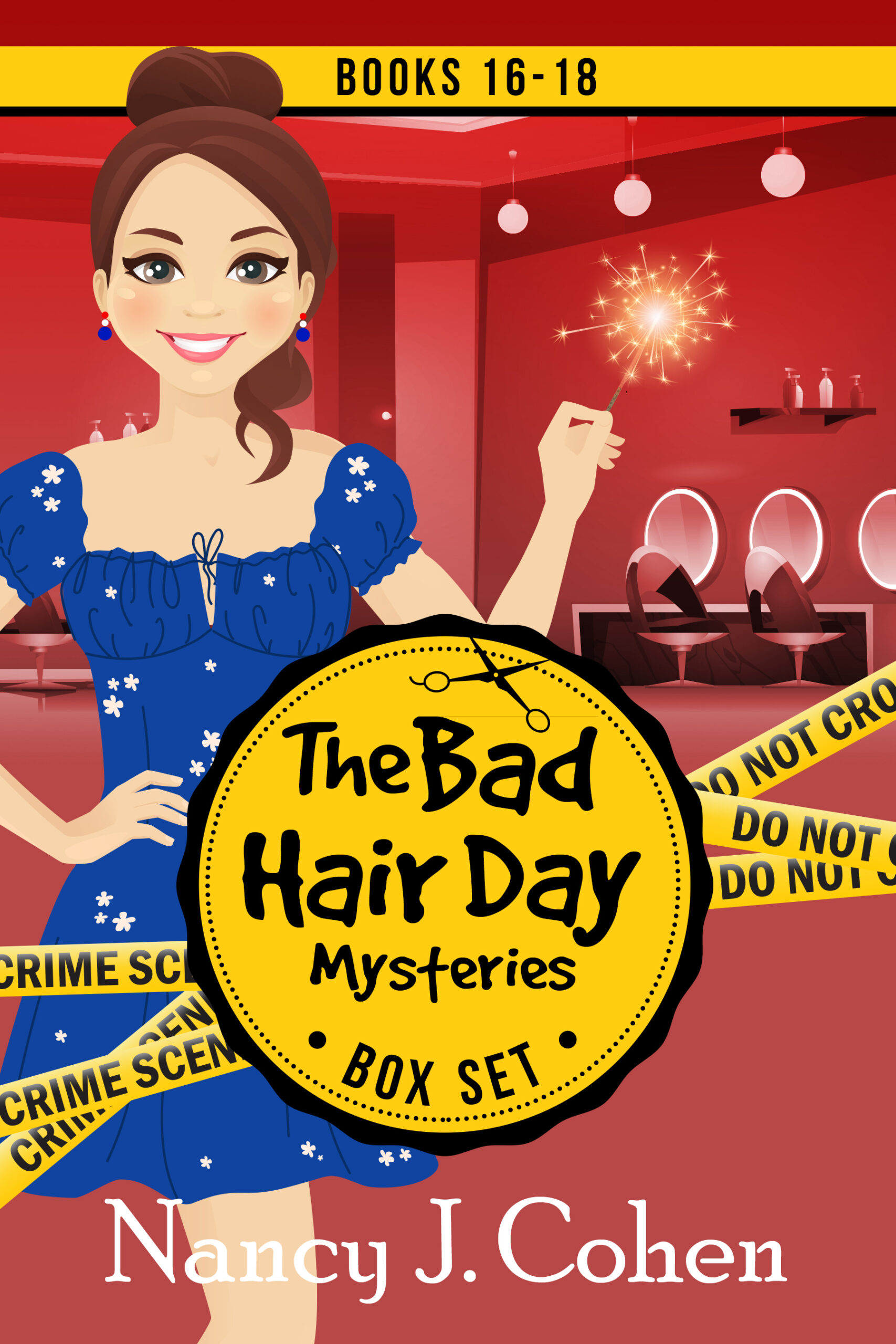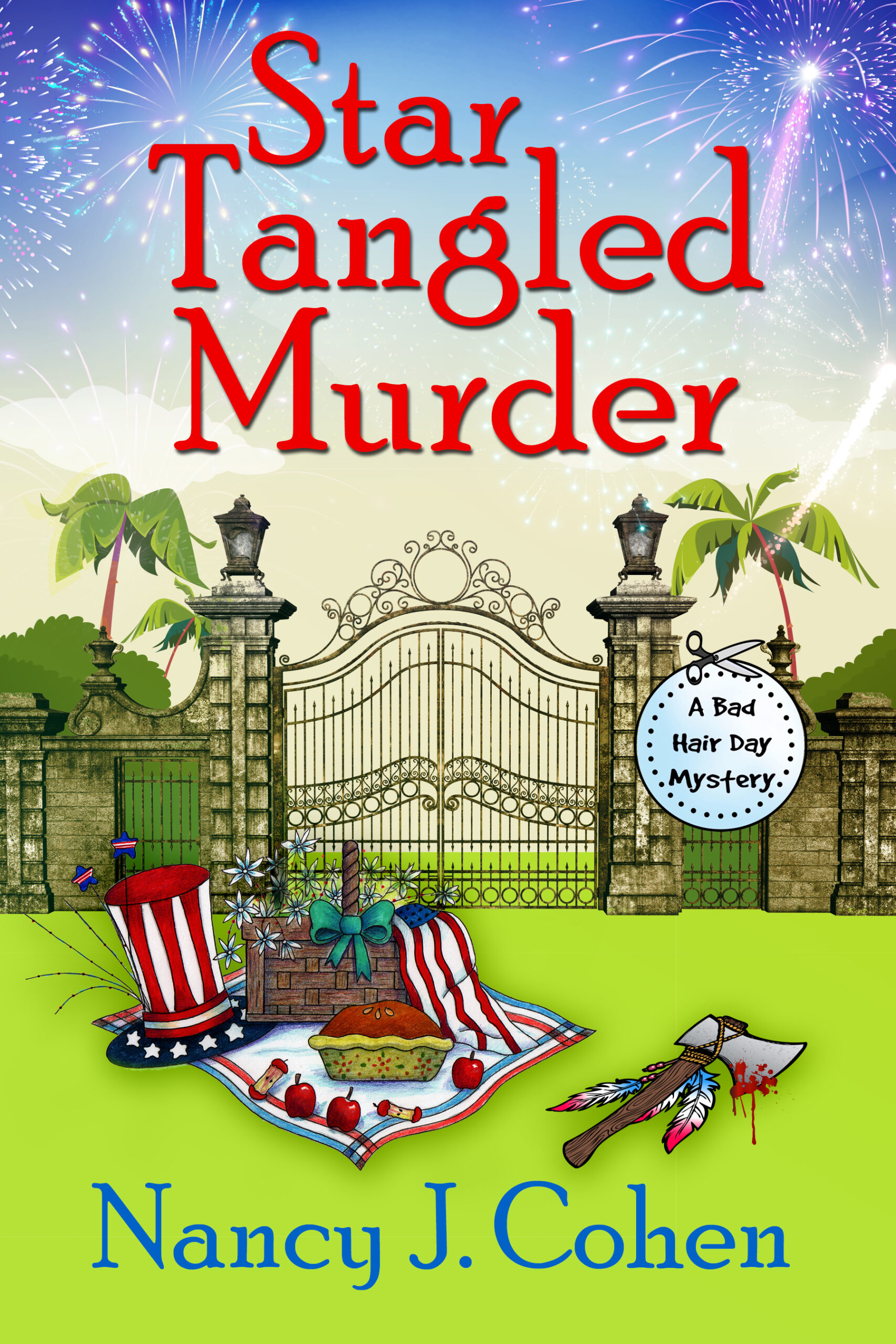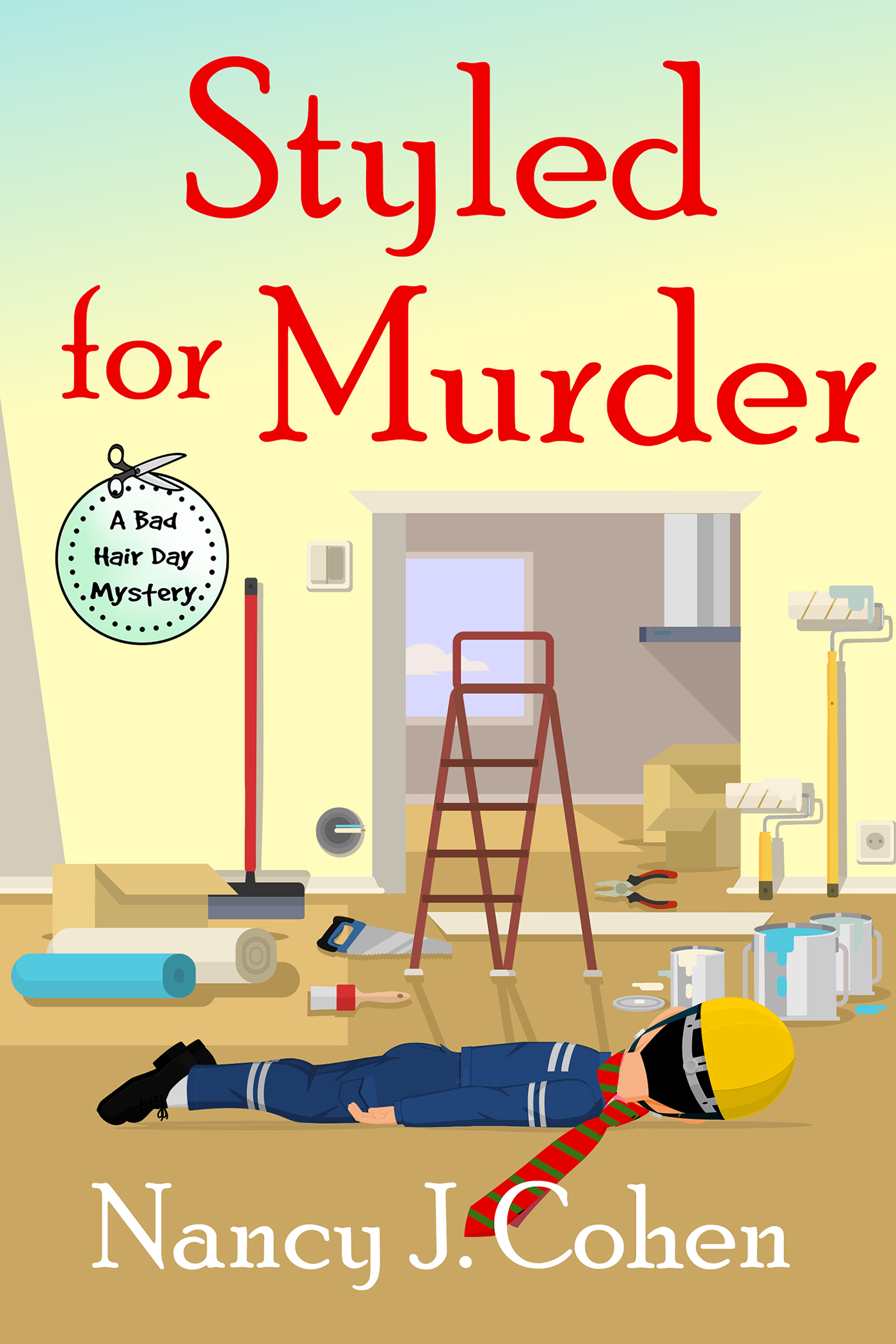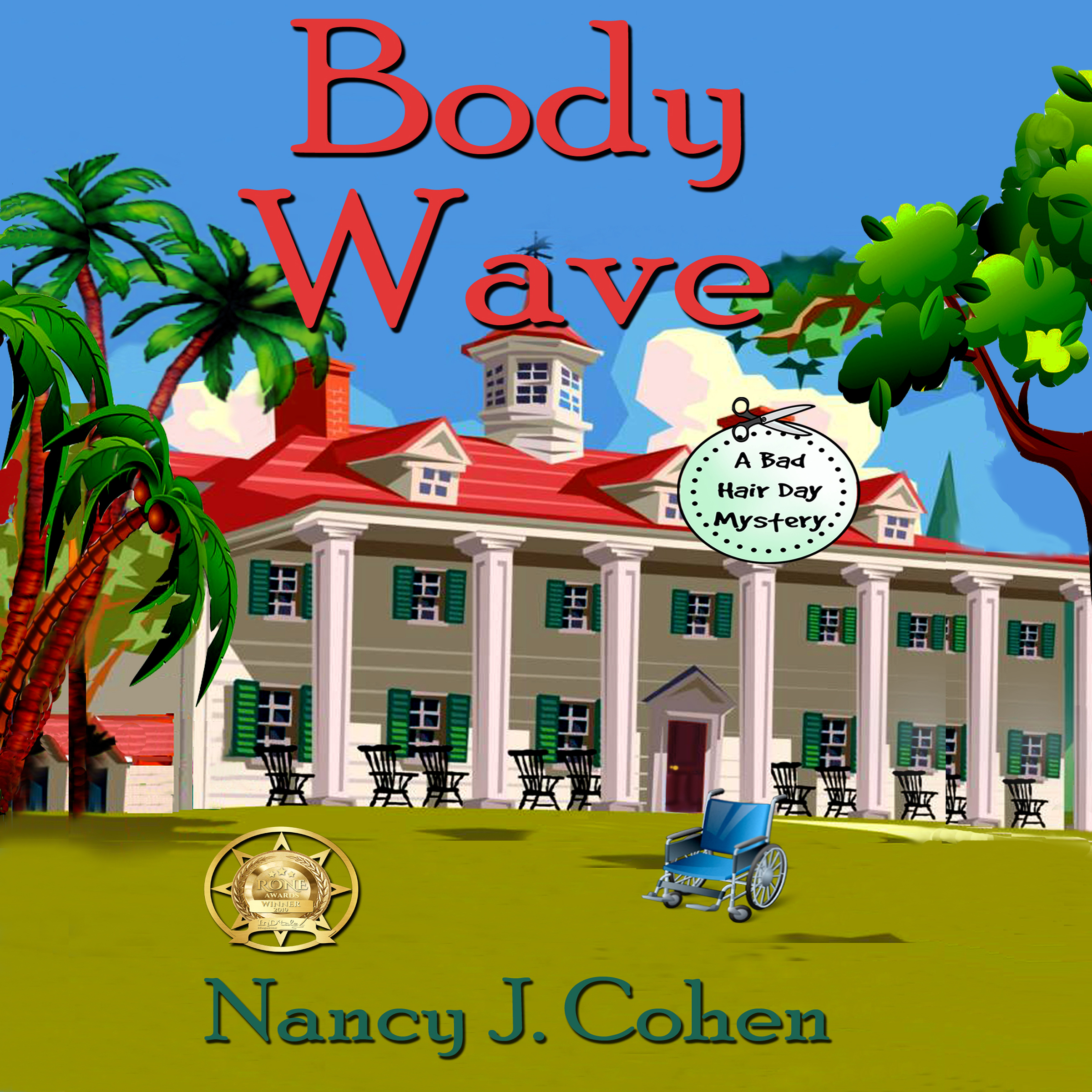Michael Hauge’s Six Stage Plot Structure, Part 1- The Outer Journey
Michael Hauge teaches a terrific class on Six Stage Plot Structure. Michael has coached screenwriters, producers, stars and directors on projects for every major studio and network, as well as top public speakers and corporate leaders. He’s the author of Writing Screenplays That Sell and Selling Your Story in 60 Seconds: The Guaranteed Way to Get Your Screenplay or Novel Read, as well as his best selling lecture with Christopher Vogler, The Hero’s Two Journeys. Michael is also a popular speaker around the world. We were fortunate to have him with us on board Independence of the Seas for the Florida Romance Writers Fun in the Sun cruise conference.

Disclaimer: Any errors in this summary are due to my misinterpretation.
Key Components of the Outer Journey
Set Up (Stage One)
Here’s where you introduce the protagonists and show them in their normal life. You’ll want to establish an emotional connection with readers. Create empathy with the main character and connect the reader to her before you introduce any flaws. How do you do this? For the sake of expediency, we’ll use the term “heroine” but these principles apply to the hero as well.
1. Create sympathy by making her the victim of undeserved injustice or misfortune.
2. Put your character in jeopardy, but it doesn’t have to be physical. It can be the threat of loss for something vitally important to the character.
3. Make your heroine likeable by showing her kindness or generosity. Show that she is well liked by others.
4. Make the character funny. She can be funny by saying things that are unfiltered and not politically correct.
5. Give her a skill set that we admire. For example, we admire people who can get things done. They have the power to accomplish things.
Next show the protagonist as being stuck or in a state of inertia. They’re tolerating a situation or lying to themselves, and something is missing from this person’s life. Another character in the story tells them what they need to learn in order to progress.
In a romance, do we meet the hero and heroine separately before they come together, or do they come together at the outset? Determine if you’re using one or two viewpoints for these characters. If we meet the heroine first and encounter the hero when she does, you can use the singular viewpoint.
Opportunity (Turning Point 1)
Something happens that has never occurred to the main character before. It jolts the heroine out of a normal life and she must react. This can be a good or bad event, but either way, it will result in the heroine’s preliminary goal, a desire to move to a …
New Situation (Stage Two). Now the protagonist must figure out what’s going on and how to react, and in response will formulate a specific, visible outer motivation.
Change of Plans (Turning Point 2)
The heroine will begin pursuing the outer motivation.
Most Hollywood movies involve a heroine pursuing one or more of five visible goals:
1. To win the love of another person or a competition
2. To stop something bad from happening
3. To escape a bad situation
4. To deliver or transport an item of value
5. To retrieve something of value and bring it to safety or possess it.
Emotion should grow out of conflict and not out of desire. In a romance, you have to delay pursuit of the love interest. Or, have them meet but then go back and show their normal lives beforehand. Or, force them together but give them different goals. The heroine should have another goal than pursuing the guy. For example, “You two have to work on this project together. The outcome will determine which one of you gets the promotion.” Hold back her admission that she’s falling for the guy by giving her a different goal to pursue.
In a mystery, the dead body presents the Opportunity. The sleuth makes a discovery at the one-quarter mark. A new event leads to a new goal, i.e. “It looks as though we’re going after a serial killer.”
Progress (Stage Three)
The heroine’s plan seems to be working. She’s moving closer to her goal but still has conflict. She must bypass or overcome obstacles until the midpoint or Point of No Return (Turning Point 3). Something happens that forces the protagonist to make a full commitment to her goal. In a romance, it might be the first kiss, or the first time your couple goes to bed together. Now they are not able to return to the life they once had.
Complications (Stage Four)
It becomes more difficult but more important to reach the goal. If the heroine loses the hero now, she risks losing her destiny. But the outside world is closing in and the conflict becomes greater and greater, until the main character suffers a Major Setback (Turning Point 4). All appears lost. In romance jargon, we call this the Big Black Moment. This is when the two lovers break apart.
Retreat and Final Push (Stage Five)
Each character will try to return to the way they were in the Set Up. They go back to the original situation, but it’s no longer satisfying. So the protagonist makes a final push to achieve her goal.
The Climax (Turning Point 5) is where the heroine faces her biggest obstacle. She either achieves her goal or she doesn’t.
In the Aftermath (Stage Six), we see the heroine in her new life. In a romance, we see how the hero/heroine will be living together. It’s the reward at the end of the goal. They’ve reached their destiny.
For more information, visit StoryMastery.com
CLICK TO TWEET

See all cruise conference photos HERE.
Coming Next: Michael Hauge’s Six Stage Plot Structure, Part 2 – The Inner Journey
GIVEAWAY
Booklovers Bench, March 1 – 18
Enter Here to win a $25 Amazon/BN gift card from Booklover’s Bench
























Thanks for sharing this info, Nancy. As usual, you’re a wonderful source of writing advice.
I’m just passing along what I’ve learned, Marilyn.
Thank you for advice on writing.
You’re very welcome. I hope it’s helpful.
Thanks for an interesting article.
Thank you for stopping by, Cecilia.
Great Picture! Great info (as usual) but I bet it was even more delicious on the cruise.
Hope you benefit from these notes. I did my best to distill what I’d learned.
Very interesting approach to plot structure!
Yes, we learn something new all the time, don’t we?